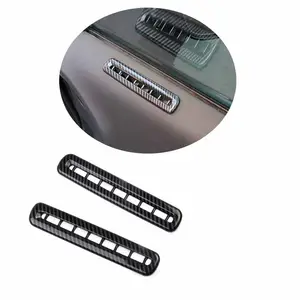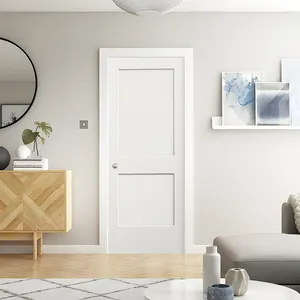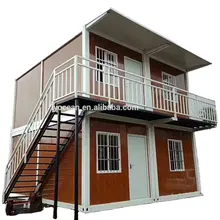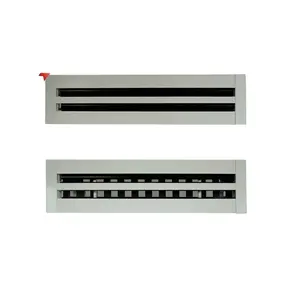Interior doors serve important aesthetic and practical roles in buildings and floorplans. But standard solid doors can also unintentionally block healthy air circulation between rooms. Specialized door vents for interior doors provide an effective solution. Installing ventilation slots directly into doors allows efficient, discreet airflow without impacting decorative appearances or privacy.
Features of wood door vents for interior doors
Ventilated interior doors facilitate continuous passive air exchange. The incorporated slots and perforations allow air volumes to flow between compartments even when entries are closed. The interior door with ventilation helps regulate stable temperatures, disperse humidity, and prevent odor or stuffiness buildup in enclosed rooms lacking windows, which is critical for indoor air quality. The shaped cutaways and visible openings define active interior door vents with defined ventilation beyond a door underside gap. Specifying intentionally engineered air inlets of door vents for interior doors produces volume flow rates tailored to space usages.
Uses of wood door vents for interior doors
Situations where interior doors with air vents generate utility span residential, healthcare, commercial, and industrial settings. Central door vents for interior doors feed forced air heating and cooling for unblocked circulation. Ventilated bedroom, bathroom, and closet doors prevent stagnant pockets that raise energy costs. Grilles along the narrow edge of an interior door return air vent blend into the trim. Discreet door vents for interior doors on isolation room entries balance airflow.
Louvered door vents for interior doors aid active air exchange. Equipment closets, server rooms, and machine shops require regulated temperatures. Steel door vents for interior doors with defined top and bottom air channels vent heat from contained electronics or appliances. In those environments, doors with purpose-built ventilation openings provide controlled passage of air volumes without keeping entries continually open.
Designs of door vents for interior doors
Beyond basic rectangular ducts, modern decorative door vents for interior doors balance functional ventilation with aesthetics. Cupped grilles, curved side channels, corner cutouts shaped like circles or diamonds, and detailed profiles tailor the vents to surrounding trim. Suppliers of wood door vents for interior doors offer customization options from vision panel placement to lacquered finishes and hardware. Customization of door vents for interior doors allows for integrating decorative vent styles like intricate latticework.
Muntins, or thin vertical and horizontal wood strips, can interlock over vent holes resembling windowpane mullions and integrate into divided light door aesthetics. Circle, diamond, or wave-shaped cutout perimeter edges may soften vent openings compared to boxy forms. Hinge straps or plugs over side channels unify the ventilation gaps with other door hardware cues. With robust design capabilities, including matching architectural vision panel layouts, manufacturers of wood door vents for interior doors provide tailored form and utility.











































 浙公网安备 33010002000092号
浙公网安备 33010002000092号 浙B2-20120091-4
浙B2-20120091-4